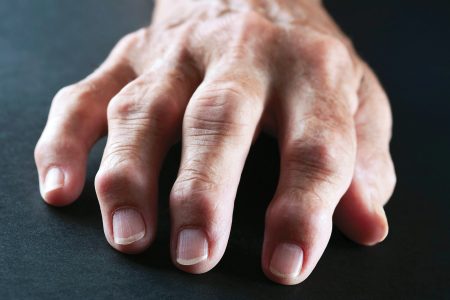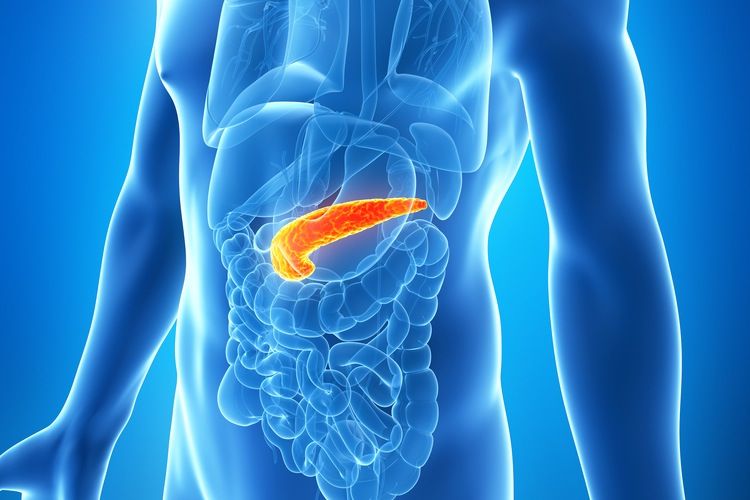How does Physiotherapy do Help to Treat Diseases You Have?
What is Physiotherapy?
Physiotherapy is a discipline of Health Sciences done by that aims to palliate, cure or prevent a wide range of physical ailments, both bone and muscle. The means through which it is achieved is therapeutic, rather than based on the use of drugs. And this is not only composed of body massages, which is the first thing that we tend to relate this science, but it is formed by an immense variety of different techniques that adapt to the type of injury and patient.
-
Origin of Physiotherapy:
Its historical origins are not clear although records have been recorded since very distant times (Mesopotamian or Egyptian civilizations). Like everything related to healing, physiotherapy began to grow based on religious and supernatural beliefs. It would be already in the Greece of Hippocrates when the discipline would gain a more scientific dye, beginning to study individuals in a particular way.
-
Employment of Regulated Degree:
 Physiotherapy requires compulsory university education since it is a regulated and professional job. With the new degree in Physiotherapy, in fact, the training hours have increased to more than 4,000, including the practical part so fundamental in this area. Being a professional in this sector involves medical tasks such as understanding medical records or having the ability to refer patients to other specialists.
Physiotherapy requires compulsory university education since it is a regulated and professional job. With the new degree in Physiotherapy, in fact, the training hours have increased to more than 4,000, including the practical part so fundamental in this area. Being a professional in this sector involves medical tasks such as understanding medical records or having the ability to refer patients to other specialists.
-
Important for Our Health:
In short, it is remarkable the breadth of resources and solutions of physiotherapy, with preventive, rehabilitative or intervention treatments that offer a dose of physical and even emotional health, since both concepts are connected and depend largely on the situation of the other . It is a reliable solution available to everyone, and that should be taken into account whenever we value our physical problems.
What does a Physiotherapist Usually Do?
From the ignorance, we generalize the figure of the physiotherapist to a reduced and really ridiculous work that we usually describe as that of “giving massages”. This perception, in addition to being unfair, moves away completely from the reality of one of the largest professions in the field of Health. And it is that physiotherapists, despite basing their work on the care aspect, must perform teaching and management functions as basic pillars of their day and their continuous training. This is because we are facing a changing discipline that adds progress and innovations to improve patient care and the techniques used constantly.
-
Welfare Work:
It is the relationship established from the health aspect with the patient. It is broken down into different functions that originate from an initial physiotherapy diagnosis, where the patient’s ailments are assessed in a personalized way. From this, the goals to be achieved by the professional are developed, setting a planning in the treatment, which will usually be based on manual techniques, since these are his main weapon (exercises, stretching, manipulation, etc.). In addition, patient evaluations are necessary through files and evaluations that will become part of the history of the affected party, keeping relevant information for future physical problems.
-
Teaching Work:
“The physiotherapist also has this important function, based on sowing knowledge to collect fruits that allow the professional growth of the discipline”.
Adaptation to progress in the field, as well as practical and theoretical dissemination are also essential, not forgetting the constant research carried out to improve the methods.
-
Management Work:
For maximum efficiency, the physiotherapist must be responsible for a series of facilities and equipment suitable for carrying out the activity. In addition, it will guide teams and participate in consultations with other professionals when necessary.
Advantages of Studying Physiotherapy:
-
Physiotherapy is undoubtedly one of the most popular studies today. This branch of Health Sciences has grown hopelessly in terms of demand during the last decade, since the physical tendencies of the population increasingly need these professionals.
-
Diseases and different problems come together in an increasingly elderly population since, as we all know, life expectancy is growing year by year. This “eternal old age” does not prevent, however, that the body suffers with the weight of age, constantly requiring treatments to make your routine more bearable.
-
And, on the other hand, with less age but with such a number of problems, we find a sector of employees increasingly thick and in need of the benefits of discipline. This occurs due to an increasingly sedentary type of employment that causes certain recurrent injuries based on stress and erroneous postures, and which adds to the traditional physical jobs that continue to cause those of yesteryear (related to cargo handling, accidents, etc.).
-
In a more “selfish” tone, I also want to emphasize that despite being aimed at improving the health of patients, physiotherapy will help us to know and take care of our body.
-
The limitations, the exercises, the postures that we should and should not take … are part of the theory that will improve our quality of life.
-
Finally, I will highlight its flexibility, since it is a job that offers you as many possibilities of working as an associate without self-employment. The management of patients and schedules does not suffer as many ties as other professions in the field of health, which is one more point in their favor.
Diseases Treats Physiotherapy:
The tendency to underestimate, even if intentionally, the profession of the physiotherapist in terms of the breadth of health benefits is popular. In this way the functions of their professionals are simplified as well as the diseases treated, which are usually related only to the muscular and physical aspect. On the contrary, the pathologies that find a solution or improvement after passing through physiotherapy, becomes practically infinite, so we will try to highlight some of these.
Diseases Treated by Physiotherapy
Traumas and sports injuries: this is the most widespread and recognized field of action, for example dealing with contractures, healing lumbago or sprains, and specializing on the other hand in the recovery of the physical condition of athletes.
 Arthritis: this lesion that can be chronic or acute, is included in the rheumatoids, and is defined by inflammation of the joints, mainly causing joint pain. Physiotherapy, combined with medication and sport, becomes essential to treat this disease in any of its typologies, planning exercises that help improve the flexibility and mobility of these affected joints.
Arthritis: this lesion that can be chronic or acute, is included in the rheumatoids, and is defined by inflammation of the joints, mainly causing joint pain. Physiotherapy, combined with medication and sport, becomes essential to treat this disease in any of its typologies, planning exercises that help improve the flexibility and mobility of these affected joints.
Neurological pathologies: there are a series of sensory-motor disorders, for which these types of physiotherapy treatments are intended. The purpose of these will be for patients to recover, as far as possible, normal mobility lost. Some of the diseases benefited are Parkinson’s, sclerosis, muscular dystrophy or hydrocephalus. General or plastic surgeries: when leaving the operating room, it is mandatory to restore normality in terms of the physical consequences caused by the surgery. Again, physiotherapy becomes an increasingly widespread and useful discipline in this area. The physio-aesthetic, in fact, arises from the need created from plastic surgery in this regard, where it is usual that there is pain caused by the inflammation of the intervened areas.
Myths of Physiotherapy That You Should Not Believe:
As a complex area that is, the perception of physiotherapy is very diverse and depends largely on previous experiences that have been lived. From this, false myths have been created that have been assumed as true over the years. In this article I will emphasize some of these.
-
Myth 1 of Physiotherapy:
It is not a practice that should be carried out daily at the physiotherapy center, but that sessions should be spaced with active and other passive work also at home. That is, the didactic aspect is practiced with the patient.
-
Myth 2 of Physiotherapy:
The hands of the physiotherapist do not agglomerate all the power of this, but its worth lies in its analytical capacity of the injury, since this will really mark the patient’s recovery process. Nor should physiotherapy be considered a miraculous resource to try when the other options have already been discarded. In fact, from the beginning of the ailments, it is more advisable to contact a specialist who diagnoses us the need or not to start the sessions.
-
Myth 3 of Physiotherapy:
We cannot understand pain as a score of the quality of treatment, since the thought of “the more pain, the more cure” is wrongly extended. In physiotherapy studies, in fact, painless techniques are encouraged, which provide comfort to the patient. Pain should only appear in phases that require invasive techniques that require it, which is also common in this area.
-
Myth 4 of Physiotherapy:
And, finally, we must eliminate that thought that relates this resource to the adjective “elitist.” Physiotherapy does not have to be expensive, since there is an important variety of offer in the sector, also varying the price according to treatment and patient.



